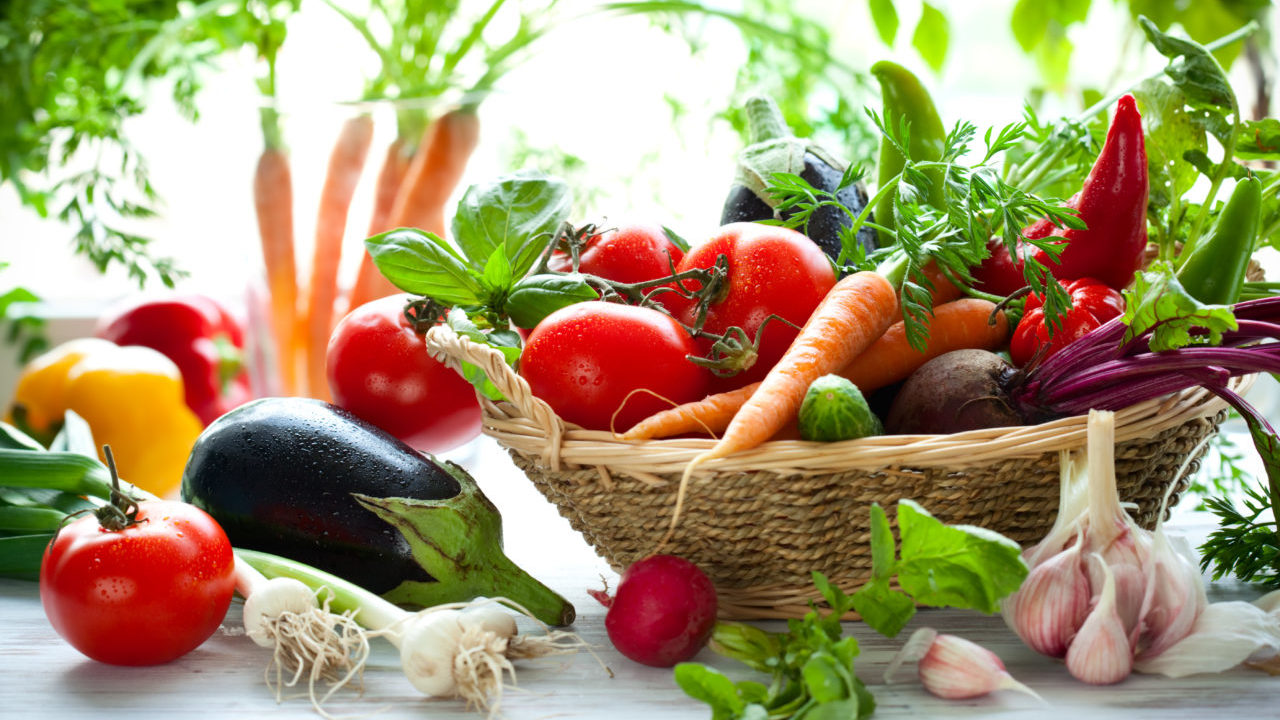
The synthetic xenoestrogens are industrial compounds such as phthalate and Bisphenol A (BPA), which exert oestrogenic effects on living things. They are structurally different from the natural oestrogen produced by the endocrine gland of the human being. Even though BPA is not a plant based phytoestrogen, it is of interest to us.
Natural xenoestrogens are plant-derived phytoestrogens and because they have to be consumed to exert their oestrogenic effects, they are otherwise called ‘dietary oestrogen.’
Phytoestrogens
Phytoestrogens belong to the natural phenolic compounds. They are non-steroidal plant compounds that have similar structure as estradiol (oestrogen).
As a result of this structural similarity, phytoestrogens can cause oestrogenic and anti oestrogenic effects in the body. By reason of the structural similarity they can mimic natural oestrogen and occupy oestrogenic receptor sites on target organs.
Originally, and like other phytochemicals, phytoestrogens are part of the natural defence system of plants. They control male fertility of herbivores and reduce their population, thereby reducing attacks on themselves by herbivores. In the human being, phytoestrogens either mimic the action of oestrogens òr antagonise it.
Phytoestrogens belong to three chemical classes mainly. These are isoflavonoids, lignans and coumestan. It is important to know these different classes as they are also sourcecd from different food types which also make their effects in the body different as we shall see.
Mode of action
The mode of action of phytoestrogens in the body may be three-fold. Firstly, they could mimic oestrogen and act like it on the oestrogen receptors delivering oestrogenic effects. Secondly, they could antagonise oestrogen while binding on the oestrogen receptors. Thirdly, phytoestrogens could display their own independent function in the body.
What mode of action the phytoestrogen applies in most cases is dependent on the dose. This fact is important when advising a woman on the need to be cautious in the consumption of soy beans and its products with special reference to breast cancer, for example. In low doses, phytoestrogens act like oestrogen, but they block the effect of oestrogen in higher doses.
There are commonly two types of oestrogenic receptors in the body, the ER-alpha and ER-beta receptors. Both receptors are primarily specific for oestrogen. A receptor is a specific protein site on an organ made suitable for an hormone, neurotransmitter etc to attach itself and carry out its function.
The hormone is said to have a high affinity or attractiveness for that specific receptor site. Because of the structural similarity I have already mentioned, phytoestrogens are able to bind to the oestrogen-specific receptors.
As they bind to these receptors they may cause oestrogenic effects just like oestrogen would do or they may antagonise oestrogen by occupying the receptor site and prevent any oestrogenic effect.
There are certain specific structural similarities that permit phytoestrogens to bind with such high attractiveness to oestrogenic receptors and exert effects like natural oestrogen – estradiol.
These structural similarities include their low molecular weight like estradiol and the similarity in the distance between the two hydroxyl (OH) groups in the Isoflavone nucleus of the phytoestrogen and that of oestrogen.
Furthermore, the basic ring of estradiol, which is known as the phenolic ring, is similar to the isoflavone ring in the phytoestrogen.
This ring confers indispensability for binding to oestrogen receptors to both estradiol and phytoestrogens. The isoflavone ring therefore mimics the oestrogen ring at the receptor site.
As I stated earlier, phytoestrogens also have their own independent function in the body. Most importantly, they prevent the formation of blood vessels to tumours, thereby cutting off supply of nutrients to the tumours. They could also affect communication pathways between cells.
Food sources of phytoestrogens
Let us first look at the food sources of the phytoestrogens according to their chemical classes. Isoflavonoids are mainly gotten from legumes such as beans, soybean and soy products.
This is very significant in that the relationship between soy and its products with breast cancer have engaged the attention of researchers for a long time. The lignans are predominantly found in high fibre foods such as whole wheat, cereal brans, beans and flaxseed.
Phytoestrogens of the coumestan chemical class are concentrated in split peas, lima beans, pinto beans alfalfa and red clover (clover sprouts).
[ad unit=2]






